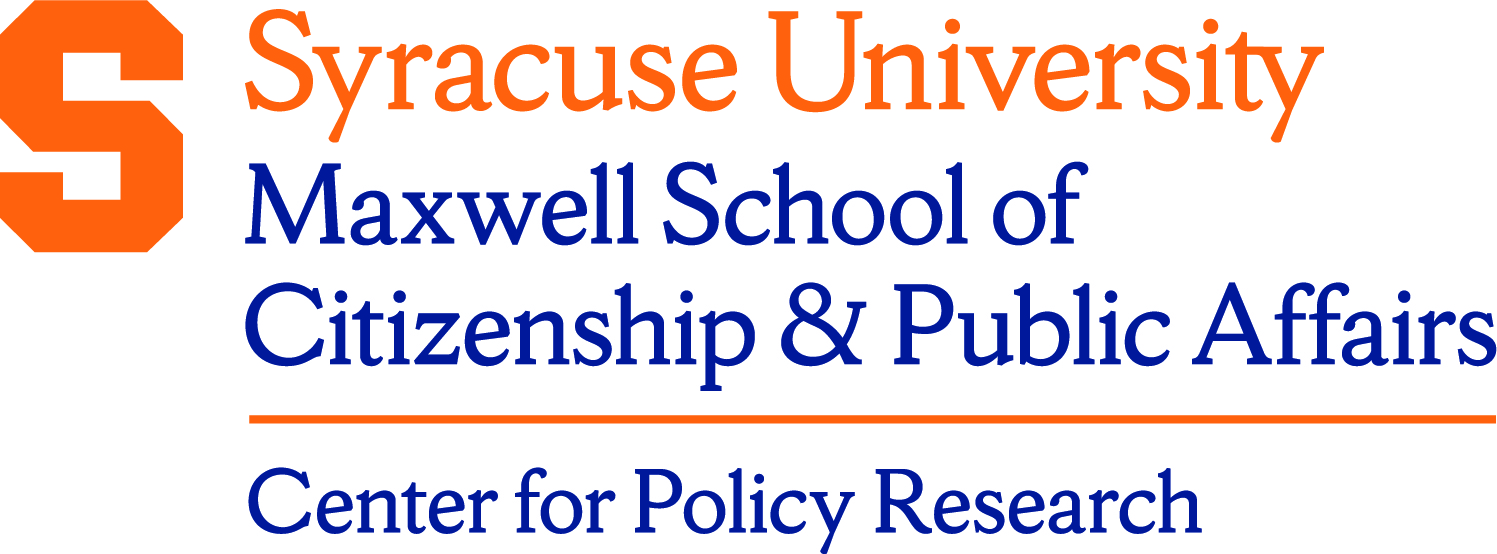Description/Abstract
Our research fleshes out econometric details of examining possible social interactions in labor supply. We look for a response of a person's hours worked to hours worked in the labor market reference group, which includes those with similar age, family structure, and location. We identify endogenous spillovers by instrumenting average hours worked in the reference group with hours worked in neighboring reference groups. Estimates of the canonical labor supply model indicate positive economically important spillovers for adult men. The estimated total wage elasticity of labor supply is 0.22, where 0.08 is the exogenous wage change effect and 0.14 is the social interactions effect. We demonstrate how ignoring or incorrectly considering social interactions can mis-estimate the labor supply response of tax reform by as much as 60 percent.
Document Type
Working Paper
Date
9-2006
Keywords
Policy, Labor, Economics
Series
Working Papers Series
Disciplines
Economics | Labor Economics | Public Affairs, Public Policy and Public Administration
Recommended Citation
Grodner, Andrew and Kniesner, Thomas J., "Labor Supply with Social Interactions: Econometric Estimates and Their Tax Policy Implications" (2006). Center for Policy Research. 178.
https://surface.syr.edu/cpr/178
Source
local input
Creative Commons License

This work is licensed under a Creative Commons Attribution 3.0 License.
Included in
Labor Economics Commons, Public Affairs, Public Policy and Public Administration Commons




Additional Information
Working paper no. 69